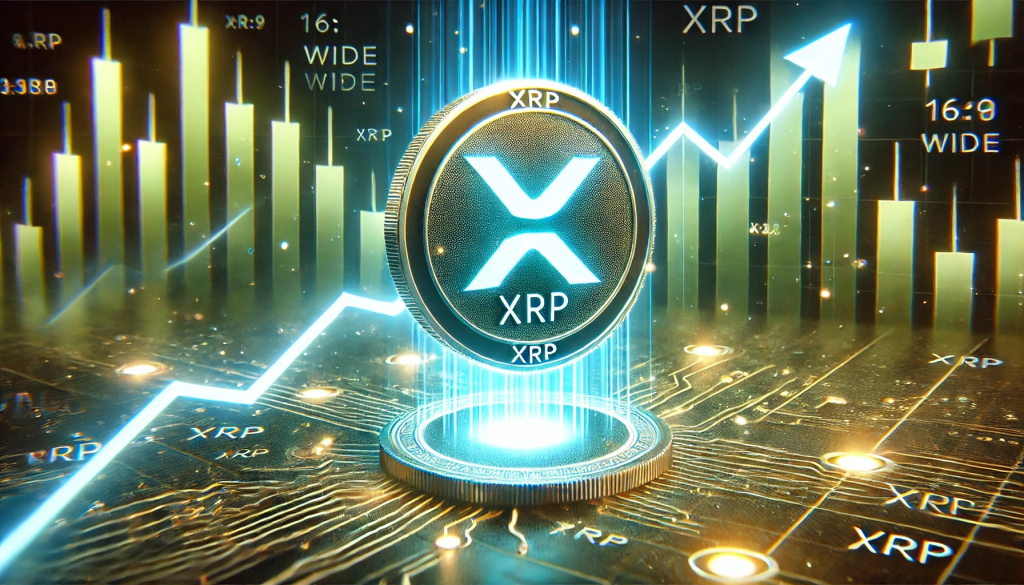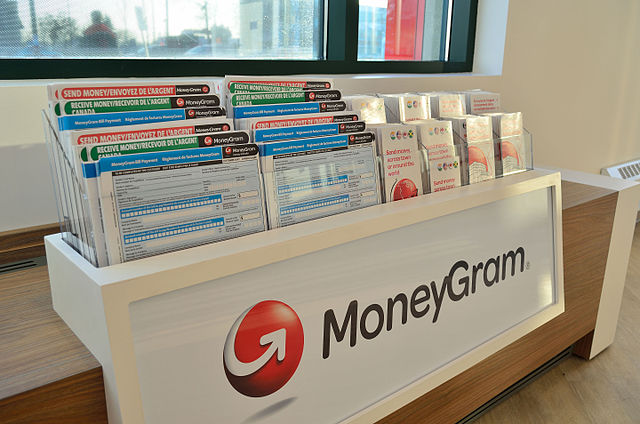SEDA has launched the Interoperability Verification Module (IVM) framework, setting a new standard for cross-chain security and verification. The plug-and-play solution enhances security, enables near-instant scaling, and increases decentralization for interoperability protocols. Designed to support the growing blockchain landscape—expected to surpass 2,000 chains by 2026—IVMs provide a modular verification system for seamless and permissionless cross-chain transactions.
The framework utilizes a multi-layer verification process featuring an independent overlay network, decentralized solvers, and a mix of private and public RPC data sources. This addresses the $2 billion lost in bridge hacks since 2020, offering a secure and scalable solution. The IVM ensures data parity, built-in liveness guarantees, and a programmable design tailored for bridge, solver, and abstraction layers.
According to SEDA CEO Peter Mitchell, interoperability transactions hit $123 billion in 2024 and could exceed $250 billion in 2025. The IVM framework empowers interoperability providers to customize verification processes, ensuring independent security across all routes via a single deployment.
By automating secure verification, the IVM forms a dedicated committee of overlay nodes that query RPC data, ensuring data integrity through a commit-reveal scheme. This protects against manipulation and processes transactions via tamper-proof cryptographic guarantees before relaying them securely.
The IVM directly addresses industry challenges, such as the Stargate bridge downtime, caused by a multi-sig verifier failure. By integrating SEDA’s distributed verification architecture, providers benefit from a high-performance layer one, decentralized overlay network, and censorship-resistant solvers, reducing risks and downtime.
By decoupling cross-chain verification, SEDA’s IVM enables scalable, independent verification, allowing interoperability providers to focus on expansion and innovation while ensuring top-tier security.

























Comment 0